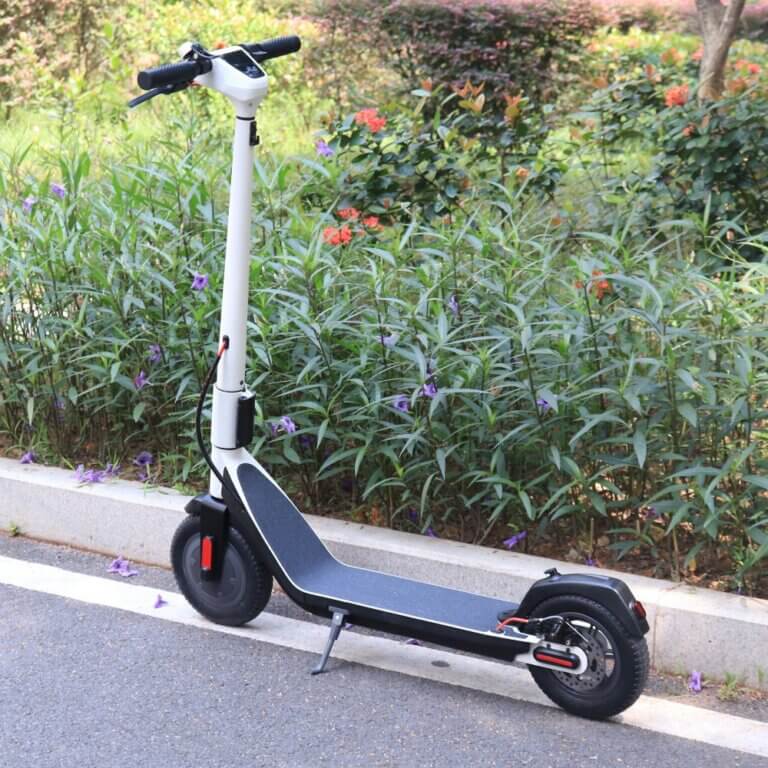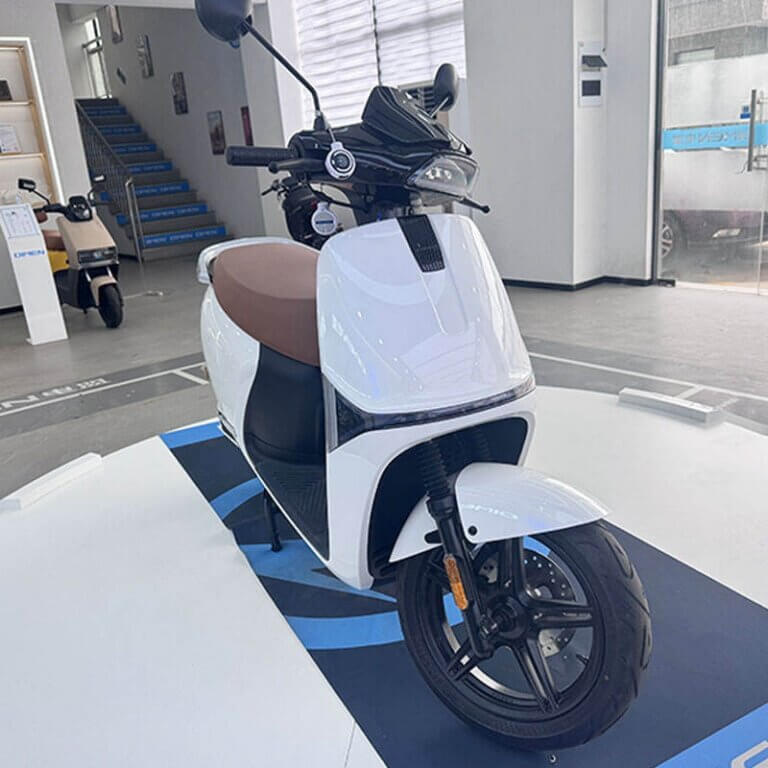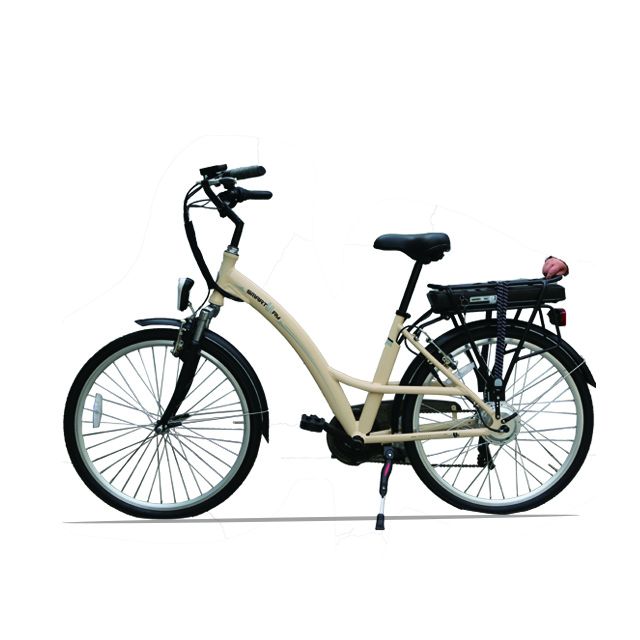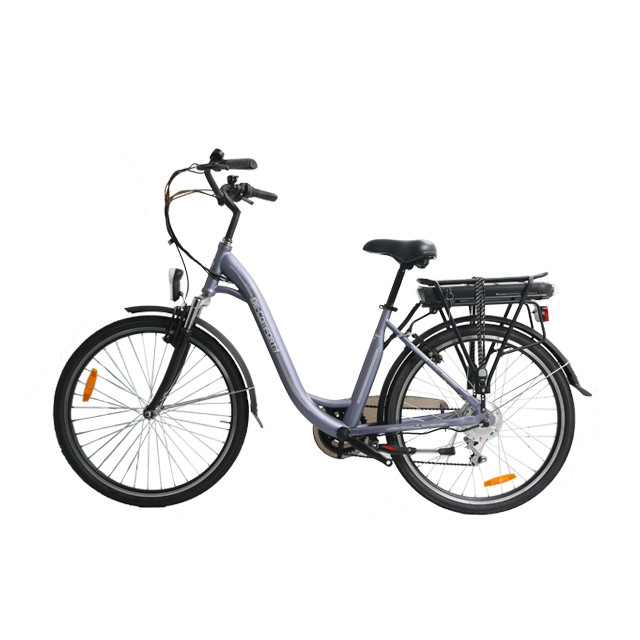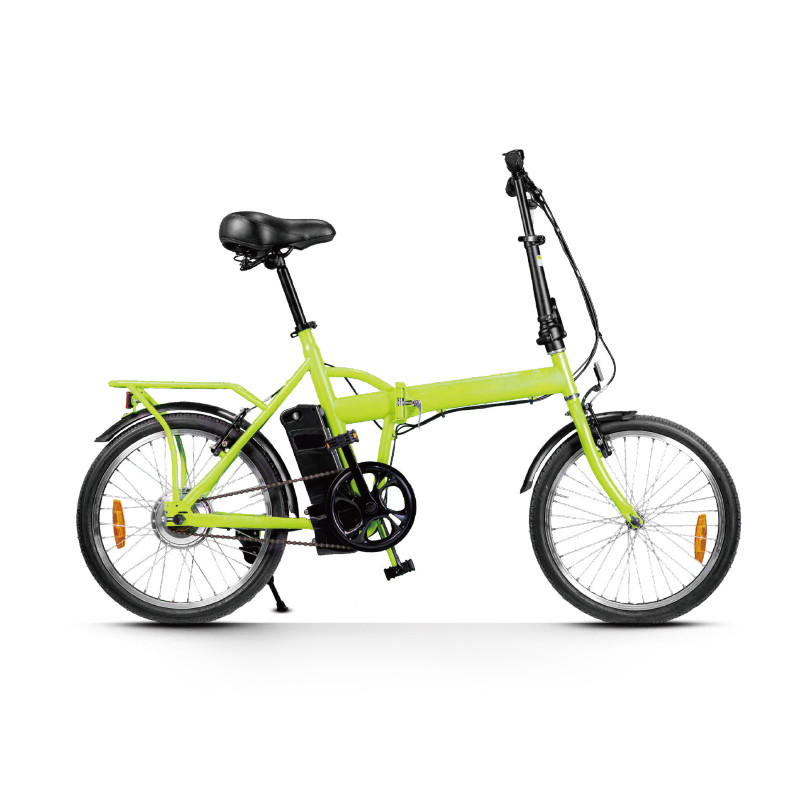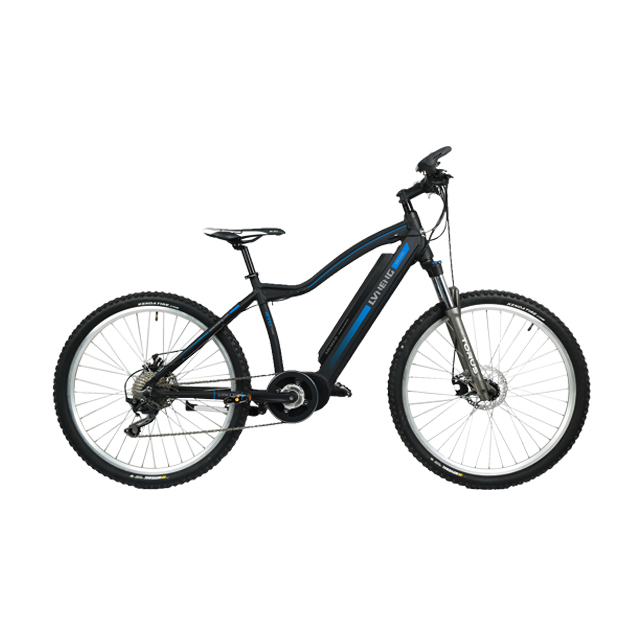-
414 Block B, ZT Times Plaza, Wuhan, Hubei, China
Blog
Why Cities Are Investing in Shared Electric Scooters
Shared Electric Scooters: first-mile/last-mile connectivity
Cities keep bumping into the same wall: buses and metros do the heavy lifting, but the start and end of the trip—those awkward 800–1500 meters—feel long. Shared electric scooters close that gap fast. You tap, unlock, glide to transit, done. People who won’t walk 12 minutes will scoot 4. That single swap lifts transit catchment, reduces short car hops, and honestly it just feels easy. When the scooter network is placed around stations and job clusters, mode shift happens. Not magic, just friction removal.
Real-life scene: commuter jumps off the Green Line, grabs a scooter in 12 seconds, rides 6 blocks to the office entrance, parks in a painted corrall. No meeting missed, no sweaty jog, no hunting for parking.
Urban mobility ROI (without calculating exact cost)
“ROI” in public sector lives beyond cash. Cities look for throughput, reliability, safety, and social equity. Shared scooters score when fleets are right-sized, charging/ops are clean, and hubs are visible. The upside grows when zones align with bus frequency and bike lane maps. If you replace short solo-driver trips, the carbon and congestion benefits stack up. If you replace walking… meh. So the trick is targeting the car-heavy corridors.
Industry shorthand: focus zones, heat-map dispatch, geofence slow streets, SLA-based rebalancing. That’s how you avoid scooter sprawl and keep KPIs looking good.
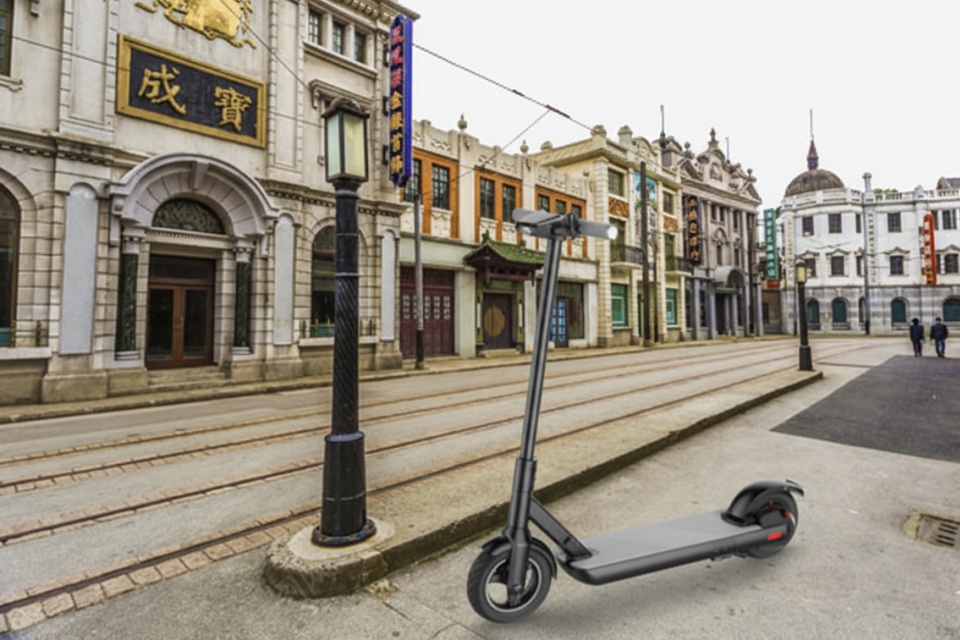
Data-driven regulation & parking management
Cities don’t “let it rip” anymore. They ask for standardized APIs, aggregated trip data, and compliance dashboards. Operators respond with geo-fenced slow areas, no-ride zones, and painted corrals. Curb space is the new hot commodity; clean parking = public support. You can’t win hearts with messy sidewalks, period.
What good looks like: marked parking bays every 80–120 m in retail areas, in-app end-ride photo checks, ops teams doing “sweep & stage” at open and close.
Safety & infrastructure: protected lanes matter
Helmet reminders help, but lanes do the heavy lifting. Protected bike/scooter lanes reduce conflict, lower crash energy, and lower stress. Add moderate speed caps in packed districts and lighting for night use. Enforcement + design > warnings alone. Cities invest in scooters partly because it nudges them to build the small-vehicle network they needed anyway.
Equity & access: serve the “transit deserts”
When fleets appear in neighborhoods with thin bus headways, real access shows up. On the policy side: discount passes, cash top-ups, SMS unlocks, and community-based onboarding. On the ops side: guaranteed overnight staging near clinics, schools, and shift-work sites. People notice when the system works for them, not just for tourists downtown.
What cities measure
Below is a quick cheat-sheet that blends city KPIs with operator ops-metrics. Keep it simple, but tight.
| Claim / KPI | What it means in plain English | Typical metrics (no cost calc) | Implication for operators |
|---|---|---|---|
| First/last-mile lift | More people can actually reach transit | unlocks near stations; morning peaks; trip distance 0.8–2.5 km | stage at hubs; prioritize AM rebalancing |
| Congestion relief | Fewer 1–3 km car trips | share of trips replacing ride-hails/solo-drive; corridor peak travel time | target car corridors; promo “skip the jam” |
| Carbon & air quality | Better when scooters replace cars | mode-shift %, ops fleet electrification, scooter life-cycle audits | electrify vans; long-life parts; hub charging |
| Safety & order | Sidewalk stays usable, conflict down | parking compliance rate; slow-zone adherence; crash reports | photo-end-ride; rapid redeploy; lane-first advocacy |
| Inclusion & reach | Not only for downtown | rides in equity zones; discounted plan adoption | guaranteed staging; local partnerships |
Shared electric scooters vs. bikes vs. walk: complementary, not enemies
Short walk? Great. But people often don’t walk when time is tight or the path feels unsafe. Bikes are fantastic for 3–6 km, scooters shine from 1–3 km, and both love the same protected lane. Transit still wins on long trunk lines. Blend them and the city feels smaller—like you shrank distance by 30% without building a new highway. Kinda neat, huh.
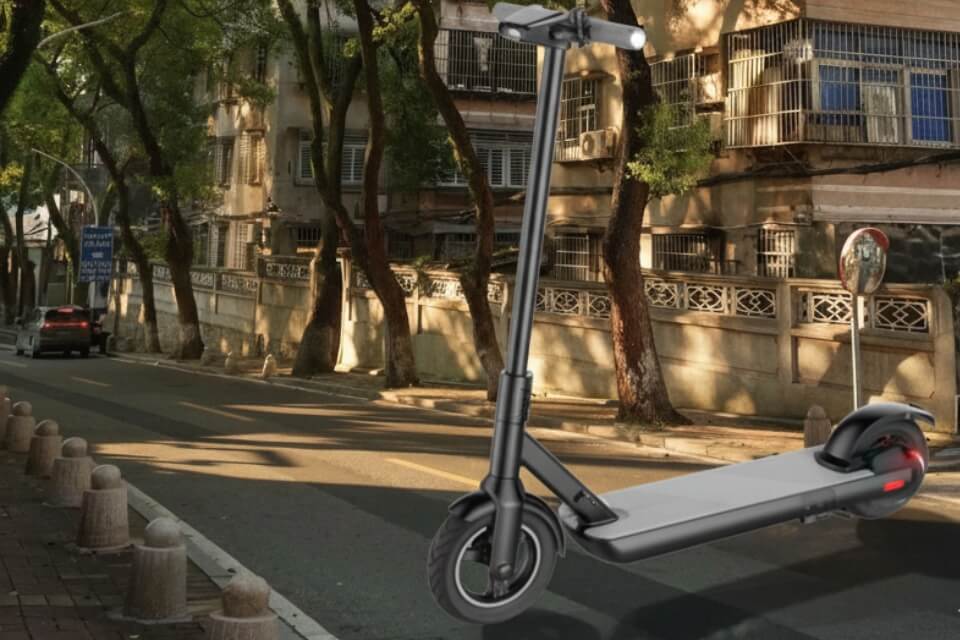
Why procurement teams say “yes” (and what bugs them)
They say yes when they see:
- Network design tied to transit nodes (not random drop zones).
- Ops maturity: service-level agreements, 24/7 hotline, spares on hand, mean-time-to-repair under control.
- Clean UX: fast unlock, clear pricing, low friction end-ride with parking photo.
- Lifecycle thinking: durable frames, IP-rated components, swap-friendly parts, battery health telemetry.
- City data: privacy-safe trip feeds, compliance reports out-of-the-box.
They get annoyed by:
- Sidewalk clutter, tipped vehicles, dead batteries left forever.
- “Set and forget” hardware that can’t handle rain, dust, curbs.
Sharing Scooter (category) & real hardware that fits policy needs
If you’re speccing a fleet, your hardware must match policy. Overbuild the frame, simplify service, keep the ride stable at 15–25 km/h, support precise geofence locks, and enable hub charging. EZBKE builds with that in mind—ISO-certified lines, OEM/ODM ready, bulk-order friendly. Below are examples that map to common city RFP language.
Sharing Scooter — fleet-grade options (EZBKE)
- Category page: Sharing Scooter
- Urban M ready: yes (teaser name we use for station-dense downtown bundles)
FS Pro mobility electric motor scooter for adults supplier.md
Designed for shared fleets that need uptime more than anything. Modular components, robust stem, fender clearance that doesn’t rub on day 30, smart battery BMS for health checks.
Link: FS Pro
S1 foldable electric scooter for adults 300 lbs factory.md
High-capacity deck, stable geometry for new riders, reinforced folding latch (ops folks love fewer latch tickets). Good pick for equity-zone staging where rider profiles vary a lot.
Link: S1
Best foldable electric scooter for commute bike wholesaler.md (Super-S)
For hybrid use cases—city staff, campus fleets, or commuter programs. Portable but sturdy, folds fast, plays nice with lockers and hub chargers.
Link: Super-S
Why foldables here? Some city programs mix shared fleets with pool vehicles for staff or pilots. Foldables help with quick storage, pilot demos, and back-to-base workflows.
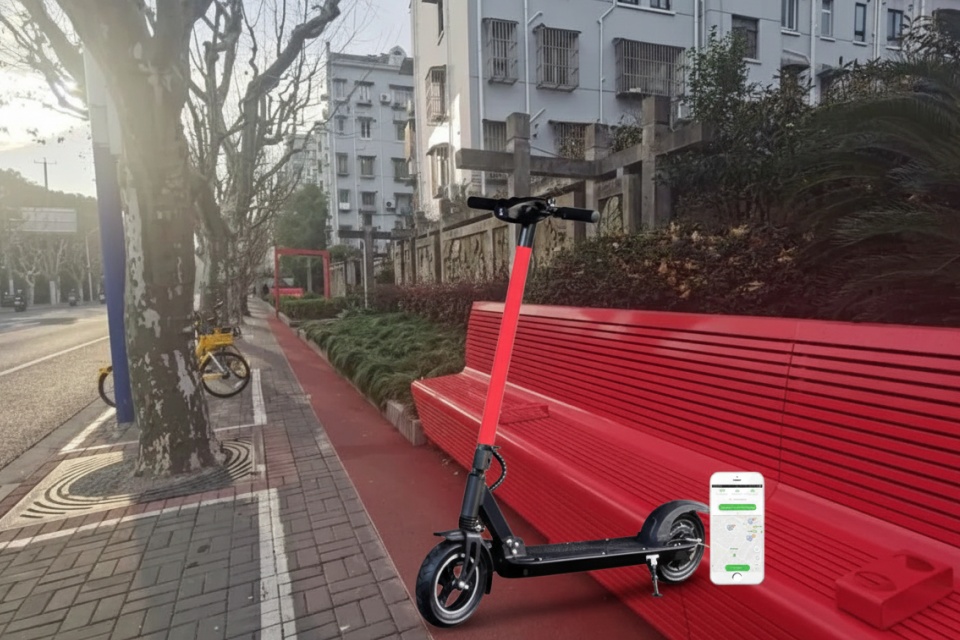
Hubs, geofences, SLAs: the boring bits that make systems work
You win with the unsexy stuff:
- Hub density: a bay every ~100 m in retail cores, wider spacing in residential.
- Geo-fencing: slow zones on promenade, no-ride in transit mezzanines, hard-end at corrals.
- SLA playbook: response times for mis-parked units, battery swap cadences, nightly sweep routes.
- Telematics: sub-meter GNSS where possible, indoors fallback, instant lock status.
- Ops electrification: e-vans, cargo trikes; charge where the grid can handle it.
EZBKE pairs hardware with these workflows—because a tough scooter alone won’t fix a messy map.
Procurement cheat-list
- Performance: stability at target speed, braking distance, wet-grip tires, IP rating.
- Maintainability: tool-less panels, standardized fasteners, modular stem/neck, swappable battery.
- Telematics & API: OTA firmware, MDS/GBFS compatible, live compliance flags.
- Safety: lighting 360°, side reflectors, bell/horn, dual-brake set-up.
- Lifecycle: rated frame cycles, battery cycles, spares program, recyclers on file.
- Equity & UX: discount plan support, SMS unlock, multilingual prompts.
Where the business value lands
For cities: better access, cleaner curbs (with corrals), lower short-trip car demand, stronger retail corridors. For operators: predictable uptime, lower wrench time per unit, fewer parking tickets. For wholesalers and fleet integrators: stable supply, OEM/ODM customization, bulk pricing levers, and a partner that ships on time.
EZBKE at a glance — 15Y electric scooter manufacturer Plant
Leading electric scooter factory & manufacturer. Wholesale durable e-scooters at competitive prices. ISO-certified production, bulk order discounts. Partner with a trusted global supplier.
We build Electric Bike, Electric Kick Scooter, Electric Motorcycle, Foldable Electric Scooter, Sharing Scooter. Custom colors, private label, firmware tweaks—yep. Bulk, wholesale, OEM/ODM—also yep.
“Okay, but how do we start?”
- Pick the use-cases: transit connectors, campus loops, tourist corridors, equity zones.
- Map the lanes & hubs: paint corrals first, argue later.
- Right-size the fleet: start lean, add with data, not vibes.
- Select hardware: match to your SLA goals—FS Pro for heavy duty, S1 for mixed riders, Super-S for pool/commute.
- Ops playbook: swaps, staging, sweeps, incidents—write it, train it, live it.
- Measure: first/last-mile unlocks, parking compliance, mode shift, equity zone usage.
- Iterate: adjust zones, add hubs, tweak speeds. Don’t set-and-forget.
Final word
Cities invest in shared electric scooters because they stretch the transit network, trim short car trips, and make the street feel closer. When the lanes are protected and the parking is tidy, the system just… works. Pair mature policy with fleet-grade hardware—like the Sharing Scooter line at EZBKE—and you’ve got a calmer curb, faster commutes, and residents who say “yeah, I’ll scoot.” Not perfect, but pretty good.




